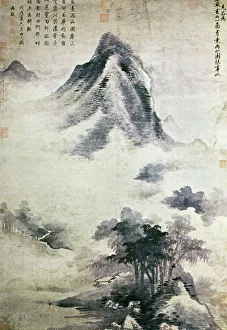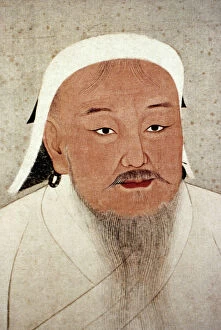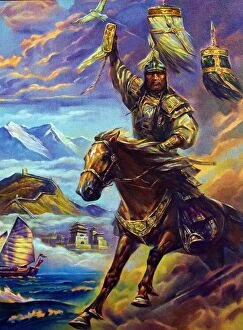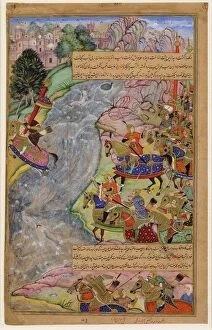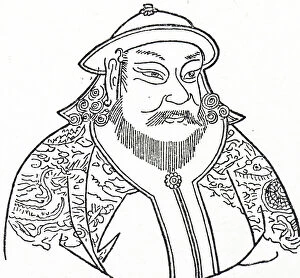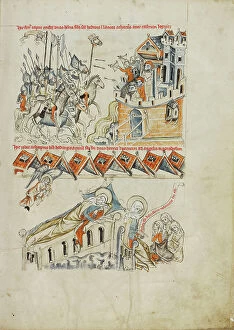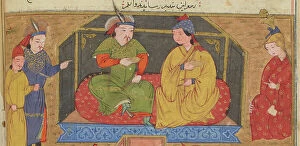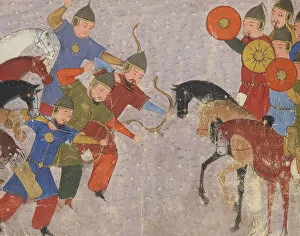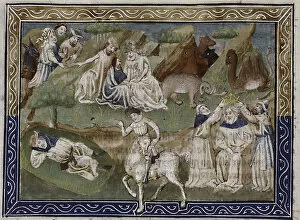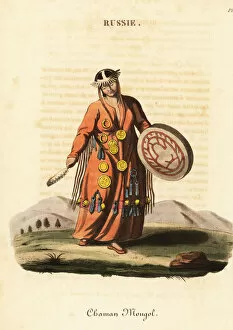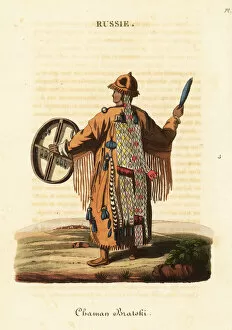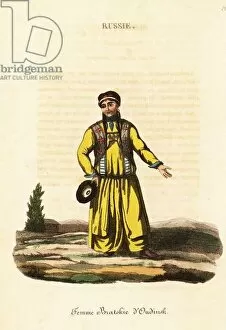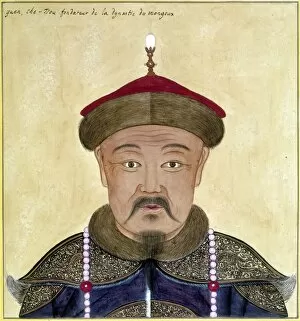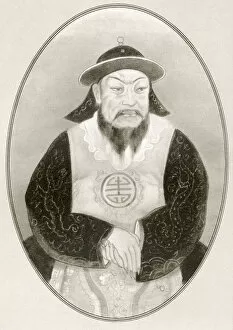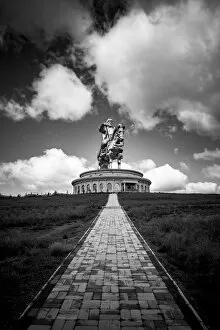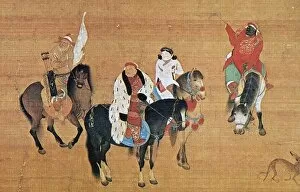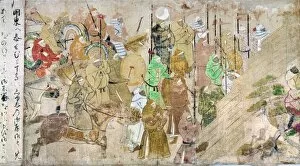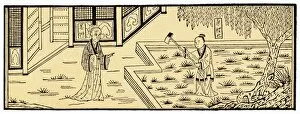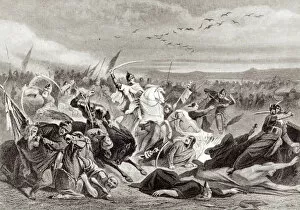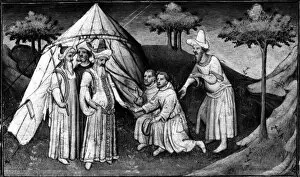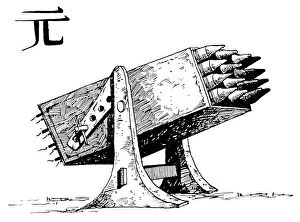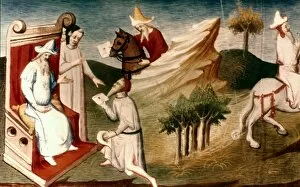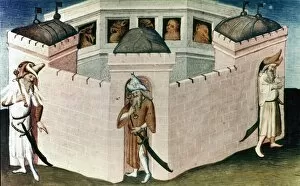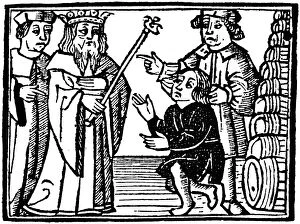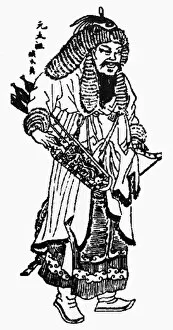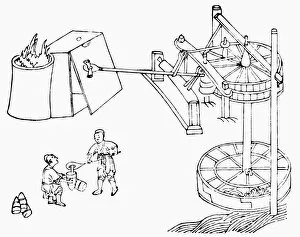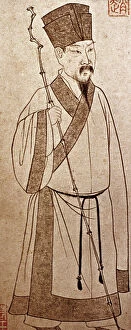Mongol Empire Collection
The Mongol Empire, one of history's most formidable forces, left an indelible mark on the world
For sale as Licensed Images
Choose your image, Select your licence and Download the media
The Mongol Empire, one of history's most formidable forces, left an indelible mark on the world. From its vast landscapes to its powerful conquerors, this empire shaped the course of history. In Kao K o-kung's "Landscape After the Rain, " we catch a glimpse of the serene beauty that existed under Yuan Dynasty rule. The painting transports us to a time when nature flourished amidst imperial power. Speaking of power, no discussion about the Mongol Empire is complete without mentioning Genghis Khan. This fierce warrior and visionary leader conquered lands far and wide, leaving behind a legacy that still resonates today. His conquests are vividly depicted in Dharm Das' artwork "Jalal al-Din Khwarazm-Shah crossing the rapid Indus river. " It captures the intensity and desperation as Khwarazm-Shah attempts to escape Chinggis Khan's relentless army. But it wasn't just military might that defined this empire; art and culture thrived too. In Miskina's miniature from Jami al-tawarikh (Universal History), we witness Tayang Khan being presented with Ong Khan's head – a chilling reminder of both loyalty and betrayal within this vast realm. While men played significant roles in shaping Mongol society, women also held positions of influence. Engravings from 18th-century depict female magicians or shamans among the Mongolic Buyrats people – their mystic practices adding depth to our understanding of this ancient civilization. Everyday life was equally fascinating in Mongolia during this era. Engravings show us glimpses into daily routines such as praying with machines or living in traditional yurts like Genghis Khan himself did. Yet not all was peaceful within these borders; rebellions had to be quelled by rulers like Mangu Khan who judged rebels harshly but fairly according to Jami al-tawarikh (Universal History).

